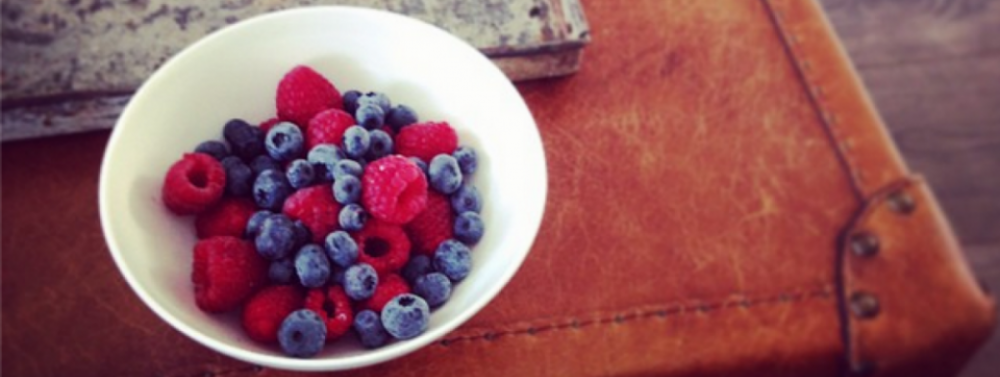Soup is my go-to thing to cook when I’ve got a mishmash of leftover veggies in the fridge that I don’t know what else to do with. It’s a great way to use things up and avoid food waste, as one of my biggest grievances is throwing away food, and make something that is super quick, super healthy and cheap. I frequently make soup in bulk and freeze what’s leftover to reheat on a lazy day. I normally always have the ingredients for a soffritto at the bottom of my fridge – a finely chopped mix of carrots, celery and onion – which is used as the base for all Italian soups and stews. They are all really cheap ingredients, but combined they add a great flavour base and a bit of bulk for any other ingredients to build upon. You can buy frozen soffritto mixes ready-chopped from the supermarket, but I find it so easy to make my own and it freezes really well if your soffritto veggies are starting to turn and you need to use them up! Having these fresh, or chopped and bagged in my freezer, means that it’s always easy for me to whip up a meal when I have other ingredients lying around that will make a delicious soup or stew.
I happened to have a couple of lovely organic leeks in my fridge this week (kindly donated by my parents who were going on holiday and didn’t want to throw them away) and a two small potatoes left over from potato cakes I’d made the previous week, so I decided to make my vegan leek and potato soup. A lot of leek and potato soup recipes call for butter or milk to be used, but potatoes are so creamy in their own right, I don’t think you miss the dairy from this recipe.
Makes 4 portions
– 2 carrots
– 2 celery sticks
– 1 onion (white or red)
– 2 leeks (tough outer skins removed)
– 2 small potatoes (or 1 large) peeled
– 1 litre vegetable stock (I use bullion powder mixed with hot water)
First, get a large saucepan on a medium low heat with enough olive oil in to cover the base of the pan. Then make your soffritto base by finely dicing onions, carrots and celery. When the oil is hot, add your soffritto to the pan and fry gently until softened, stirring every now and again so that it doesn’t stick to the base of the pan (this should take around 10 minutes). In the meantime, rinse the leeks under the tap and slice lengthways down the middle, then finely chop. Once chopped, add these to a colander and wash thoroughly. Finely dice the potatoes and add to the colander with the leeks and rinse again to remove some of the starch. Once your soffritto is softened, add the chopped leeks and potato to the pan and stir. Combine all the vegetables then put a lid on the pan and turn the heat down to low. Leave to gently cook for 10 minutes then remove the lid and add 1 litre of vegetable stock and bring to the boil. Once bubbling, turn the heat down to a simmer and cover with the pan lid. After 20 minutes, take off the heat and leave to cool slightly before blending with a hand blender (or whatever blender you have). Then serve!



